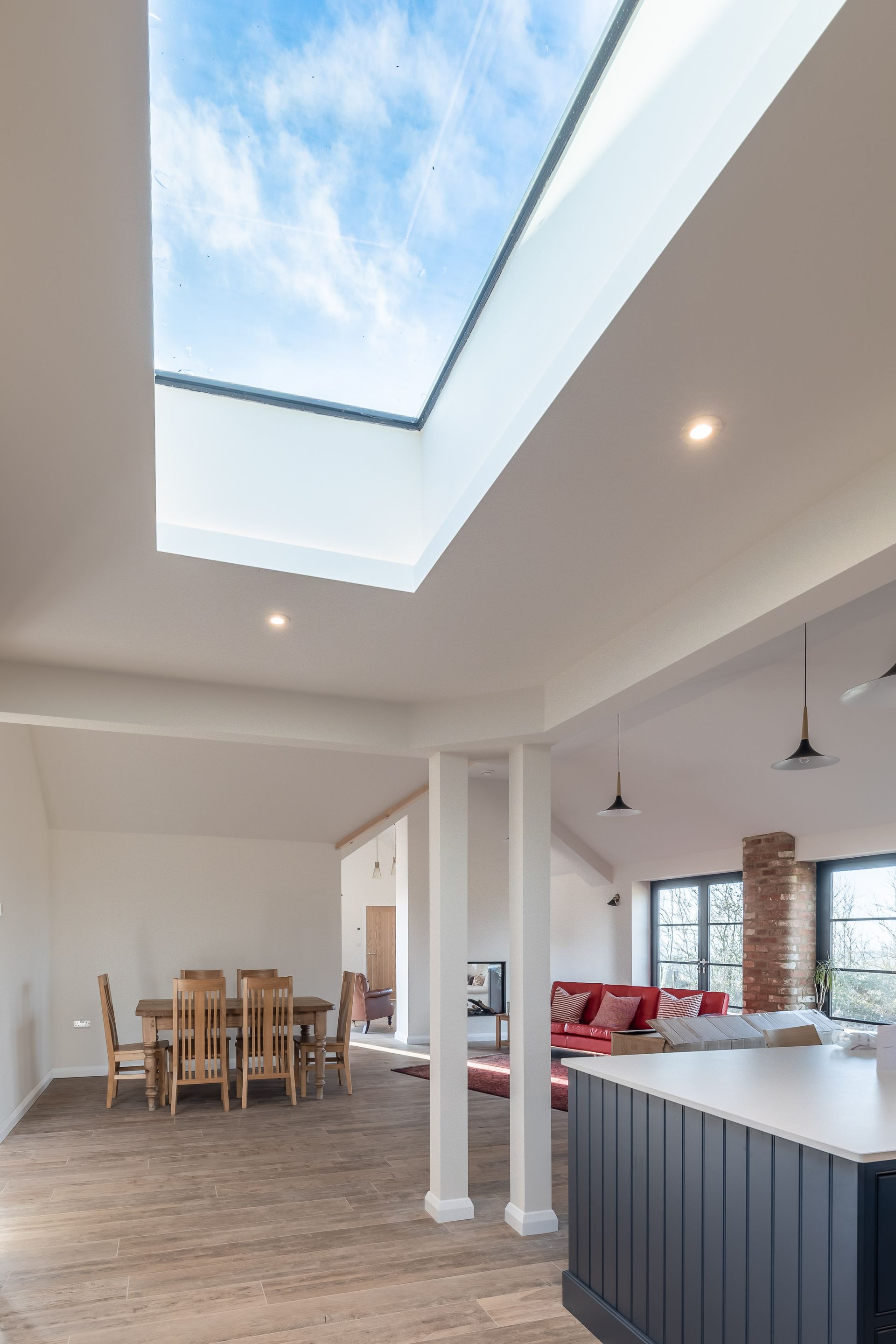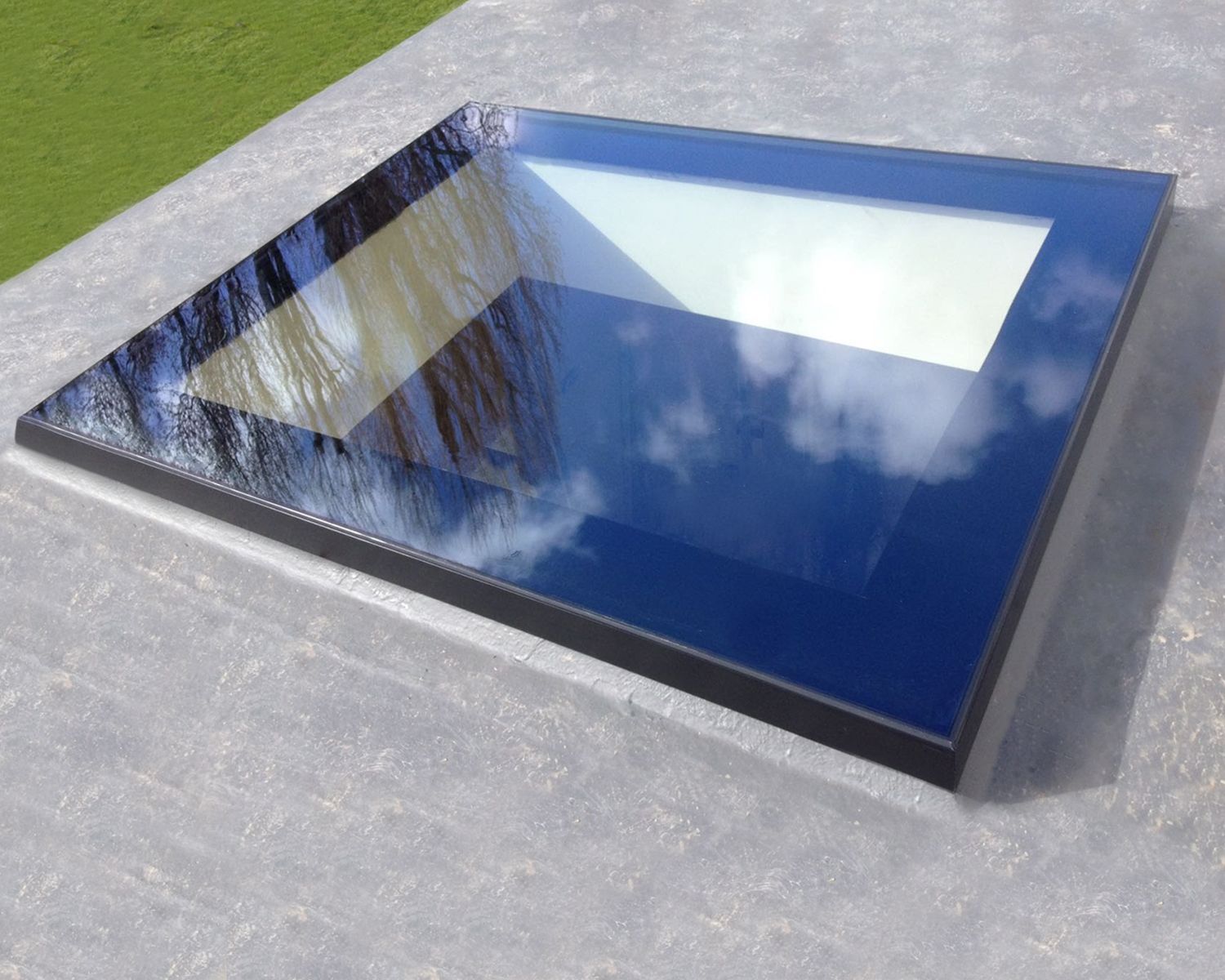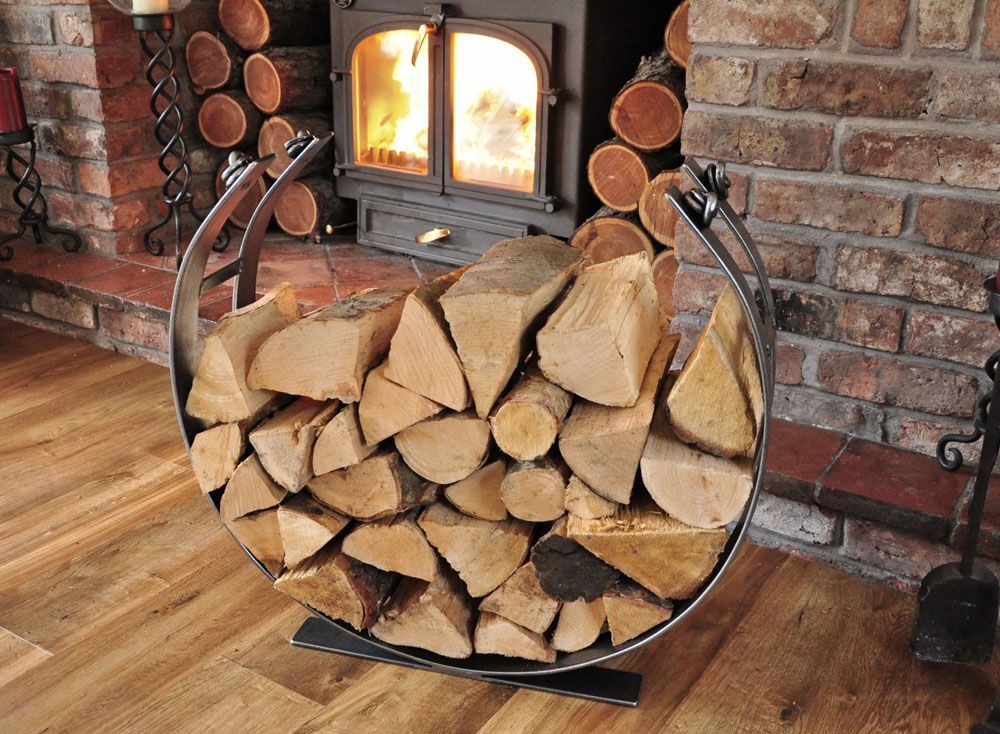Nurturing Heritage: A Comprehensive Guide to Maintaining Rainwater Systems in Period Properties Introduction
In the timeless allure of period properties, the delicate dance between history and functionality is epitomized by the rainwater systems that adorn their facades. These architectural gems, with their distinctive charm, demand meticulous care to preserve their grandeur and safeguard the structural integrity of the building. In this in-depth guide, we delve into the art and science of maintaining rainwater systems in period properties, focusing on the essential tasks of cleaning and caring for gutters and downpipes.
Understanding the Importance of Rainwater Systems in Period Properties
Rainwater systems, encompassing gutters and downpipes, play a crucial role in preserving the longevity of period properties. Efficient water management protects the structure from water damage, preventing issues such as dampness, rot, and erosion of masonry. For heritage homes, the stakes are higher, as neglecting these systems can compromise the very essence of their historical significance.
Assessment and Planning
Before embarking on the maintenance journey, a thorough assessment of the existing rainwater systems is paramount. Evaluate the condition of gutters and downpipes, identifying areas of blockage, corrosion, or damage. This initial assessment forms the basis for a comprehensive maintenance plan tailored to the specific needs of your period property.
Gutter Cleaning: A Delicate Choreography
Gutters, the unsung heroes of rainwater management, require regular cleaning to function optimally. Accumulated debris such as leaves, twigs, and dirt can impede water flow, leading to overflow and potential damage. Cleaning gutters in a period property demands a delicate touch to preserve the architectural integrity while ensuring efficient water drainage.
Materials and Tools:
· Sturdy ladder
· Gloves
· Trowel or scoop
· Bucket or tarp
· Hose or pressure washer (optional)
Step-by-Step Cleaning Process:
1. Safety First: Secure the ladder on stable ground, ensuring it reaches the gutters safely. Use appropriate safety gear, including gloves, to protect hands from debris and potential contaminants.
2. Gradual Removal: Gently scoop out debris using a trowel or scoop, depositing it into a bucket or onto a tarp below. Start from the downpipe and work towards the opposite end to prevent pushing debris into blocked areas.
3. Flushing: Once solid debris is removed, flush the gutter with a hose or pressure washer. This clears remaining small particles and ensures unobstructed water flow.
4. Downpipe Inspection: Check the downpipe for blockages, clearing them with a plumbing snake or by disassembling sections if necessary.
5. Visual Inspection: While cleaning, visually inspect the gutter for signs of corrosion, damage, or loose joints. Address any issues promptly to prevent further damage.
Caring for Downpipes: The Vertical Lifeline
Downpipes, the vertical conduits of rainwater, are equally crucial for the overall health of a period property. They channel water from the gutters to the ground, preventing soil erosion and foundation damage. Proper care for downpipes involves periodic inspection, cleaning, and addressing potential issues.
Inspection and Maintenance:
1. Visual Assessment: Examine the entire length of the downpipe for signs of corrosion, rust, or damage. Pay close attention to joints, brackets, and fixings.
2. Cleaning: Use a gentle detergent solution and a soft brush to clean the exterior of the downpipe. For stubborn stains or rust, consider specialised cleaners.
3. Clearing Blockages: Inspect the bottom of the downpipe for any blockages caused by debris or sediment. A plumbing snake or a high-pressure hose can be effective in clearing these obstructions.
Preserving Heritage: Choosing the Right Materials
Period properties often feature traditional materials like cast iron, copper, or lead for rainwater systems. Understanding the unique properties of each material is crucial for effective maintenance.
Cast Iron: Prized for its durability and aesthetic appeal, cast iron requires regular inspections for signs of rust. Applying a rust-resistant coating can enhance longevity.
Copper: Known for its timeless beauty, copper develops a natural patina over time. While this patina is desirable, periodic cleaning with a mild solution can restore its original luster.
Lead: Common in historical properties, lead is malleable and resistant to corrosion. Regular inspections ensure that lead components remain intact and free of damage.
Addressing Common Challenges
Period properties may present unique challenges in rainwater system maintenance. Addressing these challenges promptly is essential to prevent further deterioration.
Moss and Algae: Period properties with shaded areas may develop moss or algae on rainwater systems. Gentle cleaning with a biodegradable solution and a soft brush can effectively remove these growths.
Paintwork Preservation: Many period properties feature ornate paintwork on gutters and downpipes.
When cleaning, use non-abrasive methods to avoid damaging the paint finish.
Joint Sealing: Period properties may have intricate joint systems. Regularly inspect joints for leaks and reseal them with appropriate materials to prevent water ingress.
The Professional Touch: When to Seek Expertise
While routine maintenance can be undertaken by homeowners, certain tasks may require professional intervention. These include:
1. Structural Repairs: Extensive damage to gutters, downpipes, or their support structures may necessitate professional repair or replacement.
2. Heritage Restoration: Period properties often require specialised restoration techniques. Consult with experts experienced in preserving heritage architecture.
3. High-Level Maintenance: For multi-story period properties, especially those with intricate architectural features, hiring professionals with the expertise and equipment for high-level maintenance ensures safety and efficacy.
Conclusion: Nurturing the Legacy
Maintaining rainwater systems in period properties is not merely a practical chore; it is a testament to our commitment to preserving history and architectural legacy. By understanding the unique needs of these properties and adopting a proactive approach to cleaning and caring for gutters and downpipes, homeowners become stewards of their piece of history.
In the delicate choreography of maintenance, we weave a narrative that transcends generations, ensuring that the grandeur and elegance of period properties endure the tests of time and weather, standing proudly as beacons of our architectural heritage.






